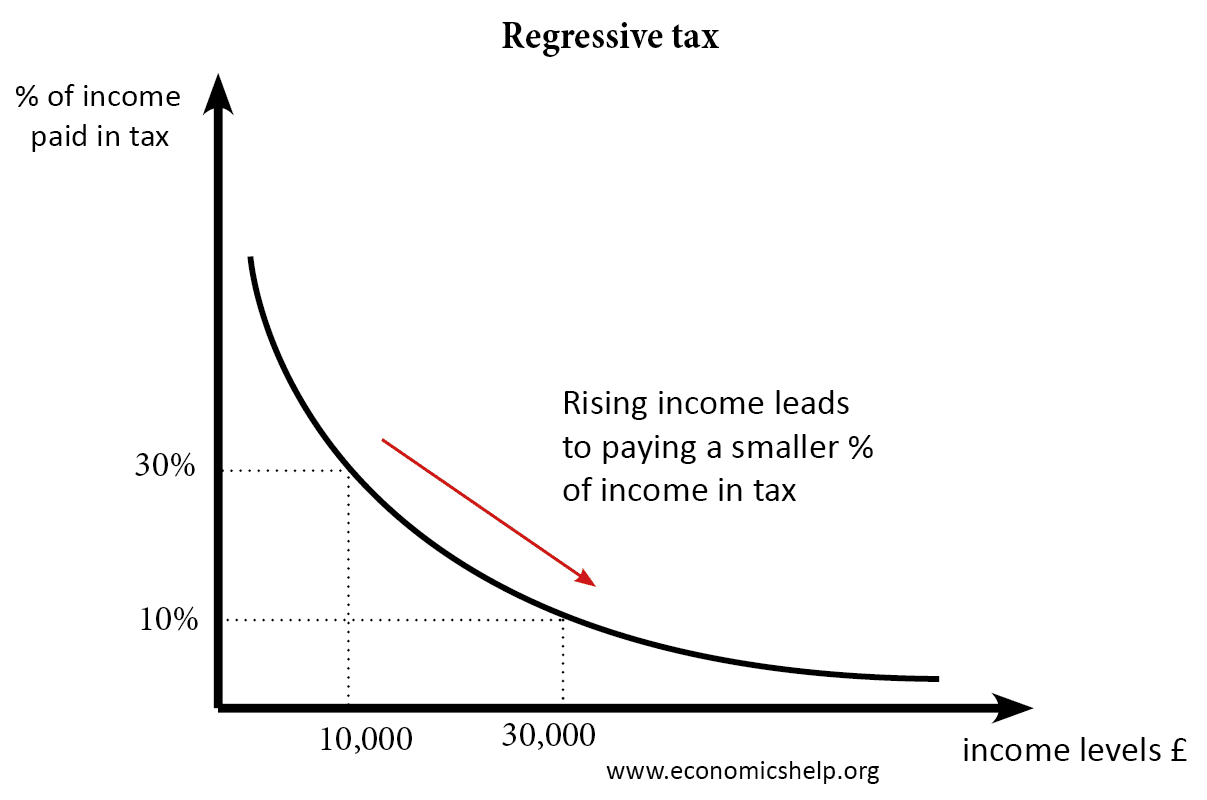

This is because one extra dollar to someone earning $1 million is worth much less to them than someone earning $10,000.

However, a flat tax can also be seen as a regressive tax in itself. The complexity of the tax system leads to calls for a flat tax system which is much simpler and less bureaucratic. Instead, the complexity of the tax system allows such individuals to manipulate the rate they pay. Whilst many will see the rich pay less as a percentage, the actual tax rates are not regressive. For instance, the US has a marginal tax rate that ranges from 10 percent for those earning under $10,000, to 37 percent for those earning over $510,000. There are many other clever ways that the rich reduce their effective tax rate, but the actual tax rates are in fact progressive. This allows firms and individuals to write down their profits from one year to another, thereby reducing the tax to be paid. Instead, the tax system has become so complicated and diverse that billionaires are able to take advantage of loopholes such as the loss carryover. We may see this as a regressive tax, but it is not.

It is very common to see in the news billionaires that have only paid 5 percent in taxes, whilst those on low incomes shell out over and above 20 percent. When a country adopts a regressive tax, it falls disproportionately on the poor, which can lead to inequality and political unrest.A flat tax can also be regressive, as the rich and the poor pay the same value, yet as a percentage of their income, the rich pay far less.A regressive tax is where low income individuals pay a higher percentage of their incomes in taxes than richer individuals.


 0 kommentar(er)
0 kommentar(er)
